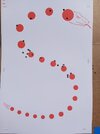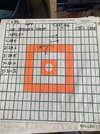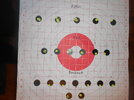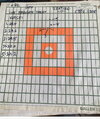kmw1954
Member
While following another topic the discussion moved to nodes for a bit and then this struck me. Seems that a load node is generally described as being or falling between a range of powder charges and mainly consist of 3 to 5 charges in a row. Say for instance 23.0gr to 23.4gr.. So my question then becomes if there is this much space or charge variance within a node then why do we spend so much time meticulously measuring and trickling powder charges? Why should it make such a huge difference if we are within a load node with the charge?








